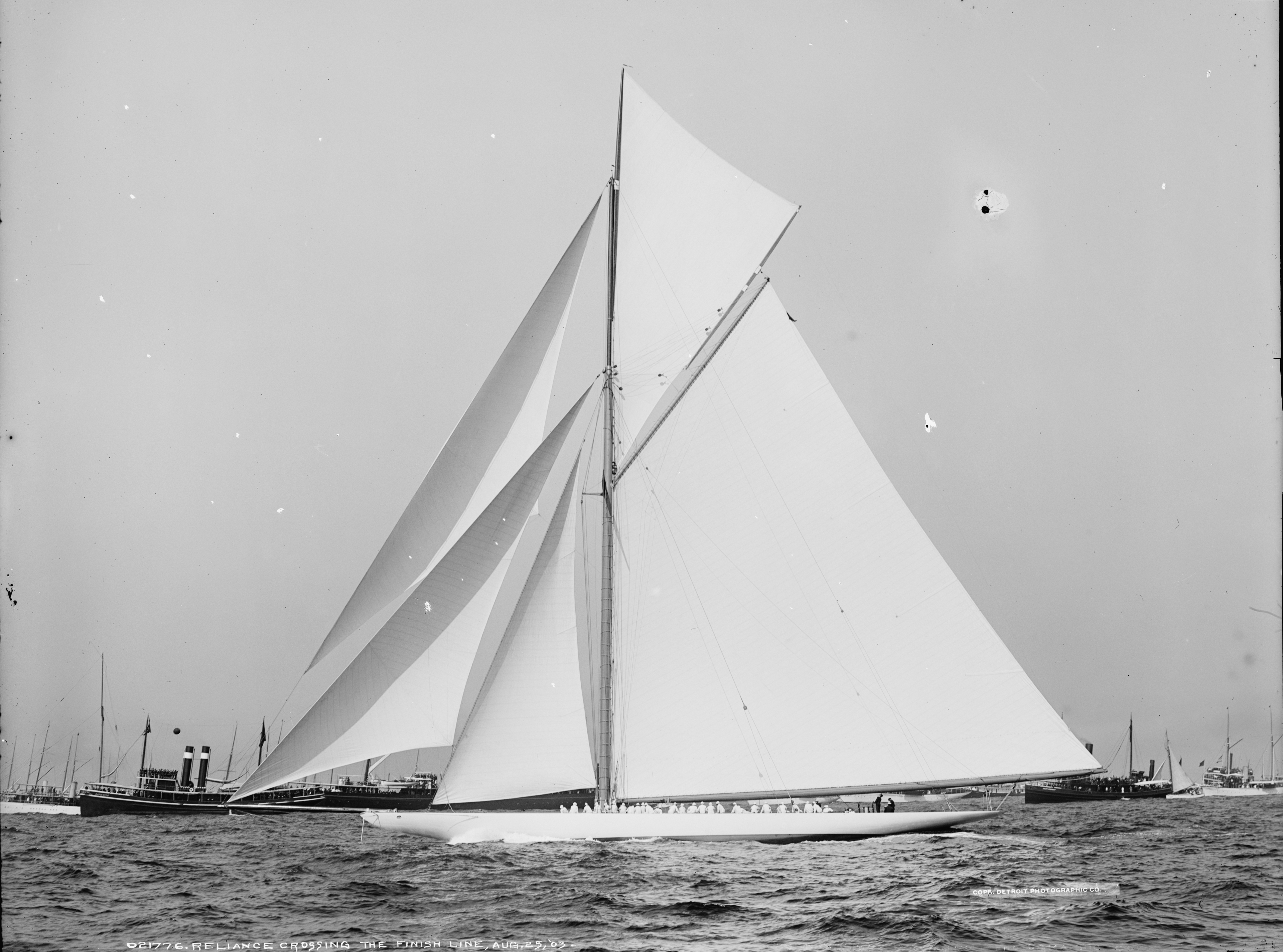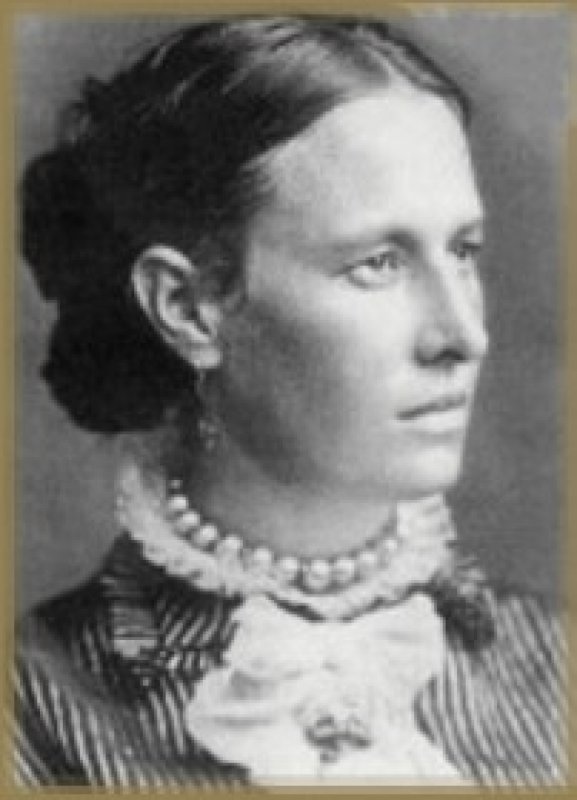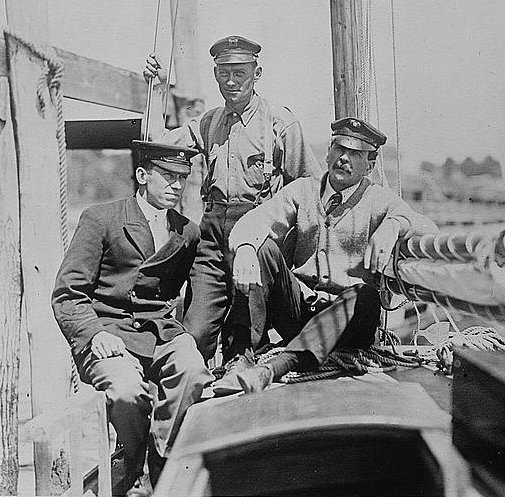|
Islander (yawl)
''Islander'' was the 34-foot yawl with which Harry Pidgeon sailed around the world single-handedly from 1921 to 1925. Pidgeon thus became the second person, after Joshua Slocum, to do so. He accounts for his adventures in his book, Around the World Single-Handed: The Cruise of the Islander (1932). History ''Islander'' was modelled on ''Sea Bird'', a 25-foot V-bottom boat that was designed by Charles D. Mower with input from Captain Thomas Fleming Day. Pidgeon built ''Islander'' from 1917 to 1918 using only $1,000 of materials. ''Islander'' was built mostly from oak, Douglas fir The Douglas fir (''Pseudotsuga menziesii'') is an evergreen conifer species in the pine family, Pinaceae. It is native to western North America and is also known as Douglas-fir, Douglas spruce, Oregon pine, and Columbian pine. There are three va ..., and Oregon pine. Writing about his voyage later, Pidgeon commented that ''Islander'' "proved to sail well, and all remarked on the ease with which she h ... [...More Info...] [...Related Items...] OR: [Wikipedia] [Google] [Baidu] |
Harry Pidgeon
Harry Clifford Pidgeon (August 31, 1869 – November 4, 1954) was an American sailor, a noted photographer, and was the second person to sail single-handedly around the world (1921-1925), 23 years after Joshua Slocum. Pidgeon was the first person to sail a yacht around the world via the Panama Canal and the Cape of Good Hope, the first person to solo-circumnavigate by way of the Panama Canal, and the first person to solo circumnavigate the world twice (the second time was 1932-1937). On both voyages, he sailed a 34-foot yawl named ''Islander'', which Pidgeon built himself on a beach in Los Angeles. Prior to his first trip, Pidgeon had no sailing experience and was referred to in the press as the "Library Navigator". He accounts for his adventure in his book, ''Around the World Single-Handed: The Cruise of the "Islander"'' (1932). Biography Harry Clifford Pidgeon was born 31 August 1869 on a farm in Iowa. His father, Isaac Marion Pidgeon, was married 3 times and had a total of 12 ... [...More Info...] [...Related Items...] OR: [Wikipedia] [Google] [Baidu] |
Yawl
A yawl is a type of boat. The term has several meanings. It can apply to the rig (or sailplan), to the hull type or to the use which the vessel is put. As a rig, a yawl is a two masted, fore and aft rigged sailing vessel with the mizzen mast positioned abaft (behind) the rudder stock, or in some instances, very close to the rudder stock. This is different from a ketch, where the mizzen mast is forward of the rudder stock. The sail area of the mizzen on a yawl is consequentially proportionately smaller than the same sail on a ketch. As a hull type, yawl may refer to many types of open, clinker-built, double-ended, traditional working craft that operated from the beaches of Britain and Ireland. These boats are considered to be linked to the Viking or Nordic design tradition. Most of these types are now extinct, but they include the Norfolk and Sussex Beach Yawls (called "yols" by the men who crewed them), which were probably the fastest-sailing open boats ever built. A yawl i ... [...More Info...] [...Related Items...] OR: [Wikipedia] [Google] [Baidu] |
Length Overall
__NOTOC__ Length overall (LOA, o/a, o.a. or oa) is the maximum length of a vessel's hull measured parallel to the waterline. This length is important while docking the ship. It is the most commonly used way of expressing the size of a ship, and is also used for calculating the cost of a marina A marina (from Spanish , Portuguese and Italian : ''marina'', "coast" or "shore") is a dock or basin with moorings and supplies for yachts and small boats. A marina differs from a port in that a marina does not handle large passenger ships o ... berth (for example, £2.50 per metre LOA). LOA is usually measured on the hull alone. For sailing ships, this may ''exclude'' the bowsprit and other fittings added to the hull. This is how some racing boats and tall ships use the term LOA. However, other sources may include bowsprits in LOA. Confusingly, LOA has different meanings. "Sparred length", "Total length including bowsprit", "Mooring length" and "LOA including bowsprit" are oth ... [...More Info...] [...Related Items...] OR: [Wikipedia] [Google] [Baidu] |
Length At The Waterline
A vessel's length at the waterline (abbreviated to L.W.L)Note: originally Load Waterline Length is the length of a ship or boat at the level where it sits in the water (the ''waterline''). The LWL will be shorter than the length of the boat overall ('' length overall'' or LOA) as most boats have bows and stern The stern is the back or aft-most part of a ship or boat, technically defined as the area built up over the sternpost, extending upwards from the counter rail to the taffrail. The stern lies opposite the bow, the foremost part of a ship. Ori ... protrusions that make the LOA greater than the LWL. As a ship becomes more loaded, it will sit lower in the water and its ambient waterline length may change; but the registered L.W.L it is measured from a default load condition. This measure is significant in determining several of a vessel's properties, such as how much water it displaces, where the bow and stern waves occur, hull speed, amount of bottom-paint needed, e ... [...More Info...] [...Related Items...] OR: [Wikipedia] [Google] [Baidu] |
Gaff Rig
Gaff rig is a sailing rig (configuration of sails, mast and stays) in which the sail is four-cornered, fore-and-aft rigged, controlled at its peak and, usually, its entire head by a spar (pole) called the ''gaff''. Because of the size and shape of the sail, a gaff rig will have running backstays rather than permanent backstays. The gaff enables a fore and aft sail to be four sided, rather than triangular. A gaff rig typically carries 25 percent more sail than an equivalent Bermudian rig for a given hull design. A sail hoisted from a gaff is called a gaff-rigged (or, less commonly, gaff rigged or gaffrigged) sail. Description Gaff rig remains the most popular fore-aft rig for schooner and barquentine mainsails and other course sails, and spanker sails on a square rigged vessel are always gaff rigged. On other rigs, particularly the sloop, ketch and yawl, gaff rigged sails were once common but have now been largely replaced by the Bermuda rig sail, which, in addition ... [...More Info...] [...Related Items...] OR: [Wikipedia] [Google] [Baidu] |
Yawl
A yawl is a type of boat. The term has several meanings. It can apply to the rig (or sailplan), to the hull type or to the use which the vessel is put. As a rig, a yawl is a two masted, fore and aft rigged sailing vessel with the mizzen mast positioned abaft (behind) the rudder stock, or in some instances, very close to the rudder stock. This is different from a ketch, where the mizzen mast is forward of the rudder stock. The sail area of the mizzen on a yawl is consequentially proportionately smaller than the same sail on a ketch. As a hull type, yawl may refer to many types of open, clinker-built, double-ended, traditional working craft that operated from the beaches of Britain and Ireland. These boats are considered to be linked to the Viking or Nordic design tradition. Most of these types are now extinct, but they include the Norfolk and Sussex Beach Yawls (called "yols" by the men who crewed them), which were probably the fastest-sailing open boats ever built. A yawl i ... [...More Info...] [...Related Items...] OR: [Wikipedia] [Google] [Baidu] |
Single-handed Sailing
The sport and practice of single-handed sailing or solo sailing is sailing with only one crewmember (i.e., only one person on board the vessel). The term usually refers to ocean and long-distance sailing and is used in competitive sailing and among Cruisers. Terminology In sailing, a hand is a member of a ship's crew. "Single-handed" therefore means with a crew of one, i.e., only one person on the vessel. The term "single-handed" is also used more generally in English to mean "done without help from others" or, literally, "with one hand". In the sailing community, the term "crewed" (or sometimes "fully-crewed") is used to mean sailing with a crew of more than one, in order to distinguish events permitting larger crews from their single-handed equivalents (even though a solo sailor is also correctly referred to as a vessel's crew). Hence, for example, "Bruno Peyron ... has taken part in almost all the large crewed and single-handed sailing events since the 80's." In cont ... [...More Info...] [...Related Items...] OR: [Wikipedia] [Google] [Baidu] |
Joshua Slocum
Joshua Slocum (February 20, 1844 – on or shortly after November 14, 1909) was the first person to sail single-handedly around the world. He was a Nova Scotian-born, naturalised American seaman and adventurer, and a noted writer. In 1900 he wrote a book about his journey, '' Sailing Alone Around the World'', which became an international best-seller. He disappeared in November 1909 while aboard his boat, the '' Spray''. Nova Scotian childhood Joshua Slocum was born on February 20, 1844, in Mount Hanley, Annapolis County, Nova Scotia (officially recorded as Wilmot Station), a community on the North Mountain within sight of the Bay of Fundy. The fifth of eleven children of John SlocombeGeoffrey Wolff, ''The Hard Way Around: The Passages of Joshua Slocum'', p 8: spelling of family name given as "Slocombe". and Sarah Jane Slocombe ''née'' Southern, Joshua descended, on his father's side, from a Quaker known as "John the Exile", who left the United States shortly after 1780 becaus ... [...More Info...] [...Related Items...] OR: [Wikipedia] [Google] [Baidu] |
The Cruise Of The Islander
''The'' () is a grammatical article in English, denoting persons or things that are already or about to be mentioned, under discussion, implied or otherwise presumed familiar to listeners, readers, or speakers. It is the definite article in English. ''The'' is the most frequently used word in the English language; studies and analyses of texts have found it to account for seven percent of all printed English-language words. It is derived from gendered articles in Old English which combined in Middle English and now has a single form used with nouns of any gender. The word can be used with both singular and plural nouns, and with a noun that starts with any letter. This is different from many other languages, which have different forms of the definite article for different genders or numbers. Pronunciation In most dialects, "the" is pronounced as (with the voiced dental fricative followed by a schwa) when followed by a consonant sound, and as (homophone of the archaic pro ... [...More Info...] [...Related Items...] OR: [Wikipedia] [Google] [Baidu] |
Thomas Fleming Day
Thomas Fleming Day (1861 – August 19, 1927) was a sailboat designer and sailboat racer. He was the founding editor of ''The Rudder'', a monthly magazine about boats. He was the first to win the annual New York to Bermuda race. The T. F. Day Trophy is named for him. Biography He was born in Somerset, England in March 1861, emigrated with his parents to the United States when he was a young boy, and was brought up on Long Island Sound. In 1890, he founded ''The Rudder'', "A monthly journal devoted to aquatic sport and trade," which he edited until April 1916. In 1911 he and Frederick B. Thurber and Theodore R. Goodwin sailed the Atlantic Ocean in '' Seabird (ship)''. In 1918 he designed the ''Islander'' that Harry Pidgeon built and sailed to become the second person to sail around the world. He died on August 19, 1927 in Harlem, New York. Day was inducted into the National Sailing Hall of Fame The National Sailing Hall of Fame is a nonprofit educational organization that ... [...More Info...] [...Related Items...] OR: [Wikipedia] [Google] [Baidu] |
Douglas Fir
The Douglas fir (''Pseudotsuga menziesii'') is an evergreen conifer species in the pine family, Pinaceae. It is native to western North America and is also known as Douglas-fir, Douglas spruce, Oregon pine, and Columbian pine. There are three varieties: coast Douglas-fir (''P. menziesii'' var. ''menziesii''), Rocky Mountain Douglas-fir (''P. menziesii'' var. ''glauca'') and Mexican Douglas-fir (''P. menziesii'' var. ''lindleyana''). Despite its common names, it is not a true fir (genus ''Abies''), spruce (genus ''Picea''), or pine (genus ''Pinus''). It is also not a hemlock; the genus name ''Pseudotsuga'' means "false hemlock". Description Douglas-firs are medium-size to extremely large evergreen trees, tall (although only ''Pseudotsuga menziesii var. menziesii'', common name coast Douglas-firs, reach heights near 100 m) and commonly reach in diameter, although trees with diameters of almost exist. The largest coast Douglas-firs regularly live over 500 years, with t ... [...More Info...] [...Related Items...] OR: [Wikipedia] [Google] [Baidu] |
Pine
A pine is any conifer tree or shrub in the genus ''Pinus'' () of the family (biology), family Pinaceae. ''Pinus'' is the sole genus in the subfamily Pinoideae. The World Flora Online created by the Royal Botanic Gardens, Kew and Missouri Botanical Garden accepts 187 species names of pines as current, together with more synonyms. The American Conifer Society (ACS) and the Royal Horticultural Society accept 121 species. Pines are commonly found in the Northern Hemisphere. ''Pine'' may also refer to the lumber derived from pine trees; it is one of the more extensively used types of lumber. The pine family is the largest conifer family and there are currently 818 named cultivars (or Trinomial nomenclature, trinomials) recognized by the ACS. Description Pine trees are evergreen, coniferous resinous trees (or, rarely, shrubs) growing tall, with the majority of species reaching tall. The smallest are Siberian dwarf pine and Potosi pinyon, and the tallest is an tall ponderosa pine lo ... [...More Info...] [...Related Items...] OR: [Wikipedia] [Google] [Baidu] |





.png)

